

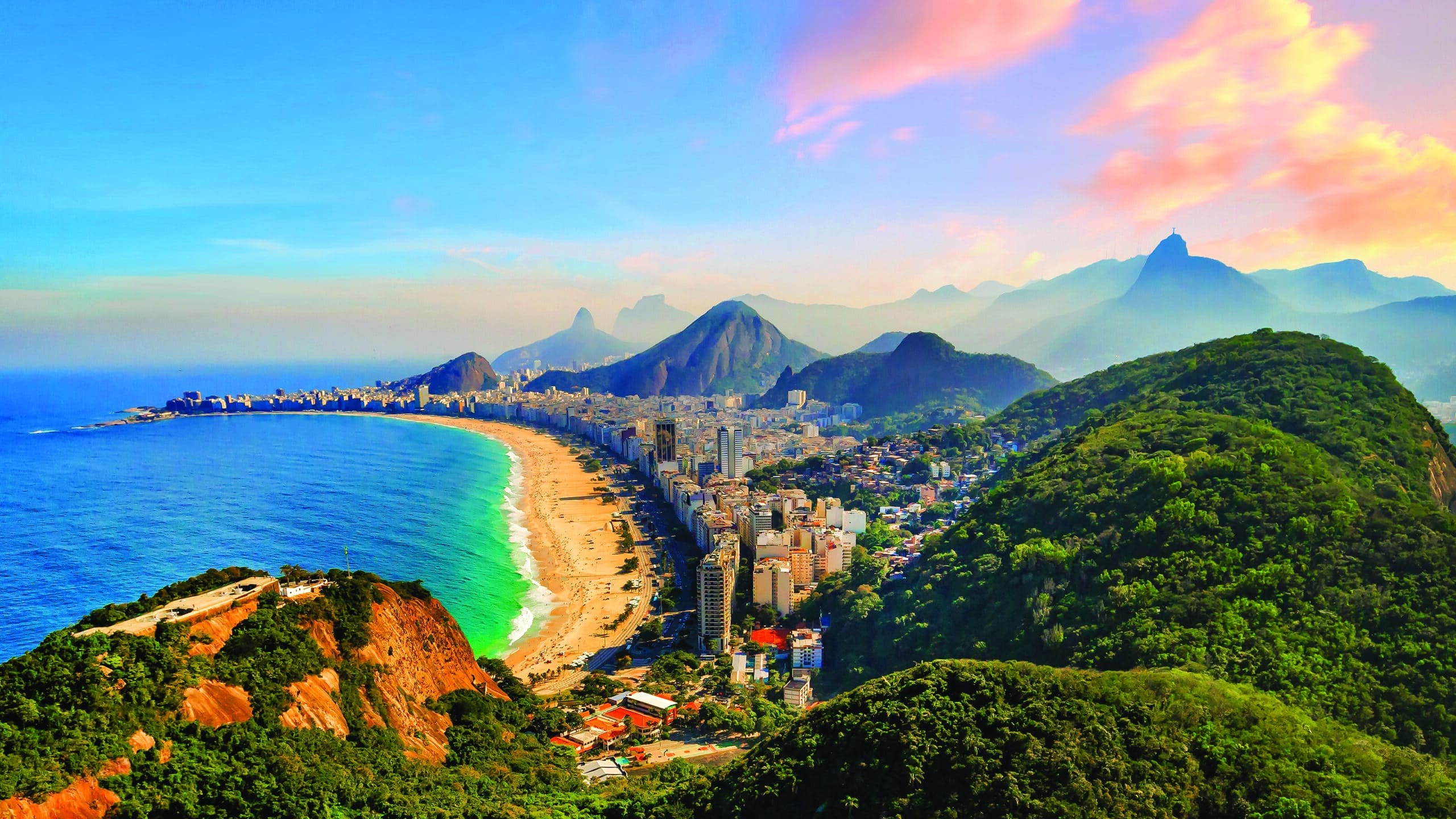
Brazil, a continental country with extraordinary dimensions, invites you to a vibrant adventure among lush jungles, mythical beaches, bustling cities, and an incomparable cultural richness. From the frenetic rhythm of samba to the mysteries of the Amazon, through the splendor of Iguazu Falls, our Brazil trips promise intense discoveries and unforgettable memories. Explore our offers and let yourself be swept away by the communicative energy of Brazil!
Exuberant and diverse nature
From the Amazon rainforest, the world’s lung, to the Iguazu Falls, through dream beaches and the Pantanal, the world’s largest wetland.
A festive and multicultural culture
Rio Carnival, samba, capoeira, and a warm population from an incredible cultural mix.
Iconic cities
Rio de Janeiro with its spectacular bay, Salvador de Bahia with its Afro-Brazilian heritage, São Paulo the bustling megacity.
A tasty and varied gastronomy
From the exotic flavors of the Amazon to the delights of Bahian cuisine, through the famous churrasco.
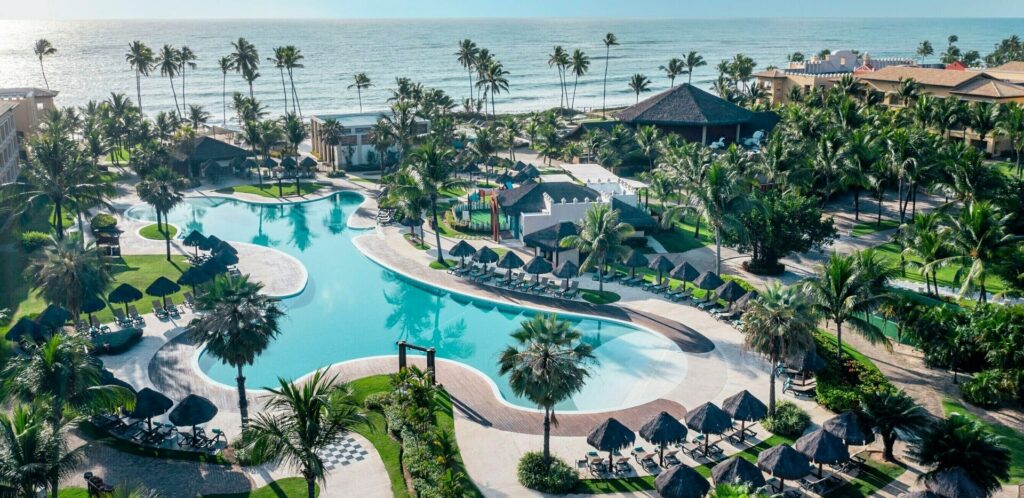
€1,919
price per person





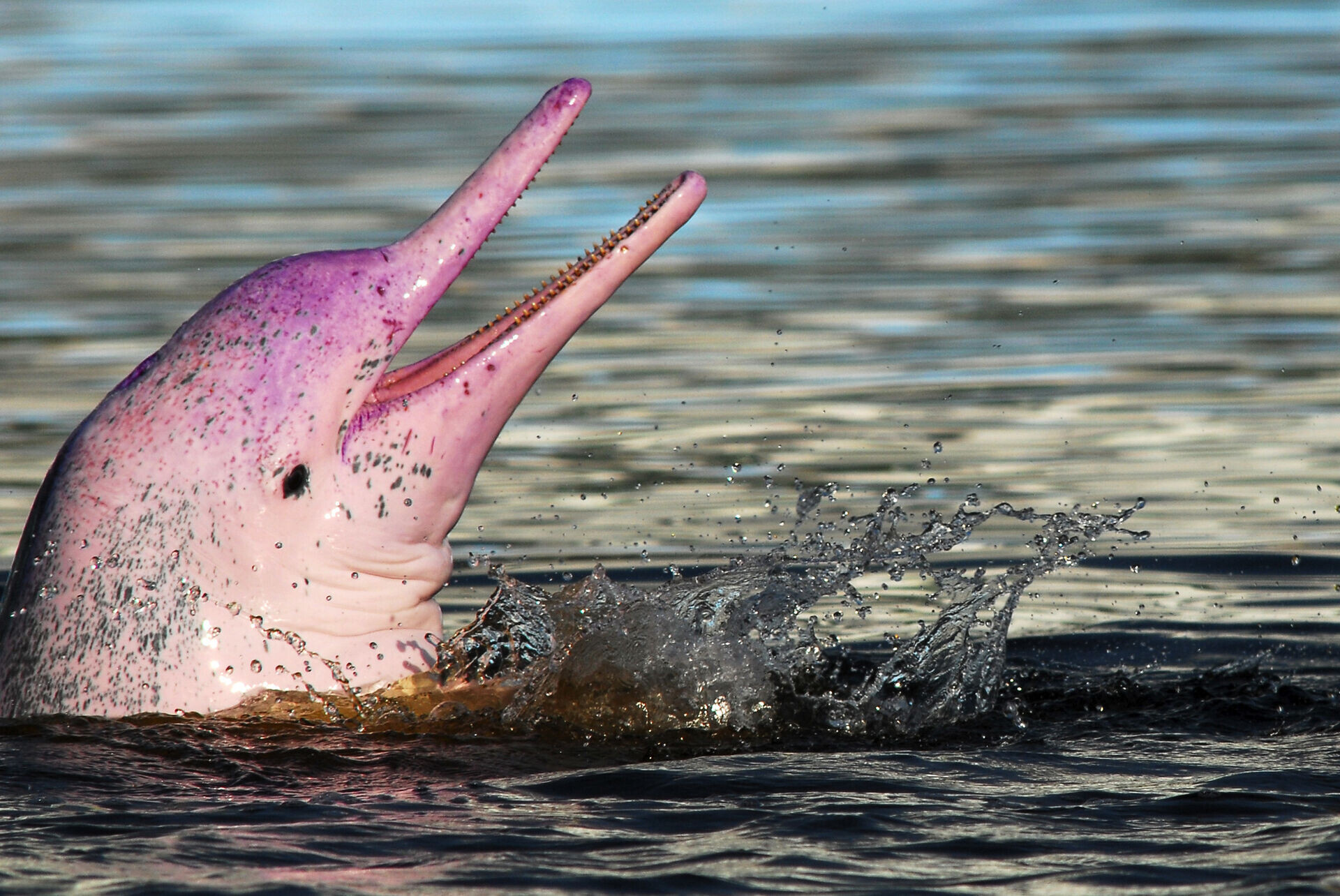
7425€
price per person
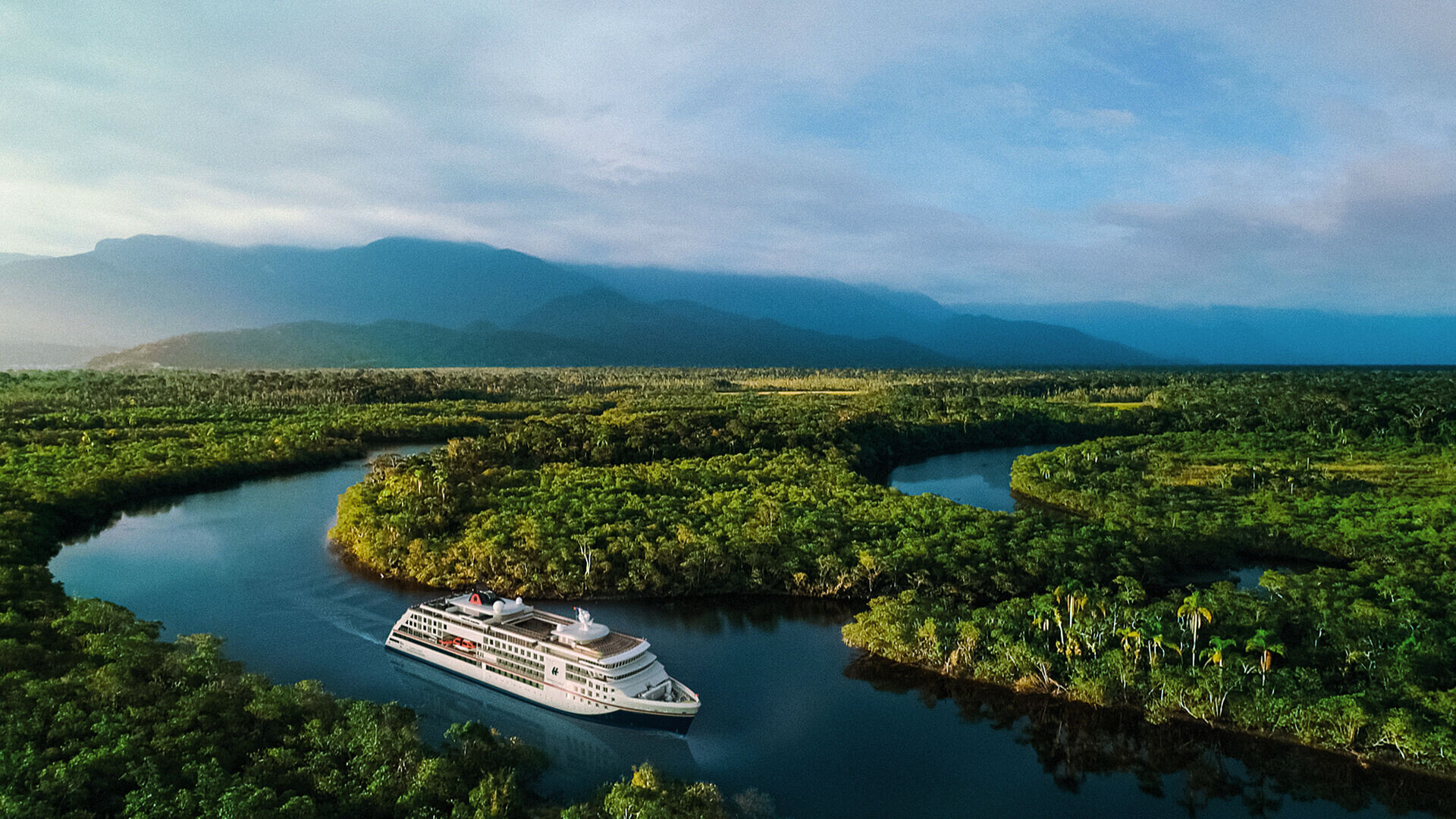
24395€
price per person
Brazil is an immense country with multiple facets. Rio de Janeiro is a must with the Christ the Redeemer on Corcovado, the Sugarloaf Mountain, and the beaches of Copacabana and Ipanema. The Iguazu Falls, on the border with Argentina, offer a breathtaking natural spectacle. TheAmazon, accessible from Manaus, allows you to discover unique biodiversity during excursions in the forest or on the river. Salvador de Bahia, with its UNESCO-listed historic center of Pelourinho, is the heart of Afro-Brazilian culture. The Pantanal is a prime destination for wildlife observation, especially jaguars and caimans. The Lençóis Maranhenses, with their white sand dunes interspersed with freshwater lagoons, offer a surreal landscape. Let’s not forget the many beautiful beaches along the coast, such as those of Jericoacoara or the Costa Verde.
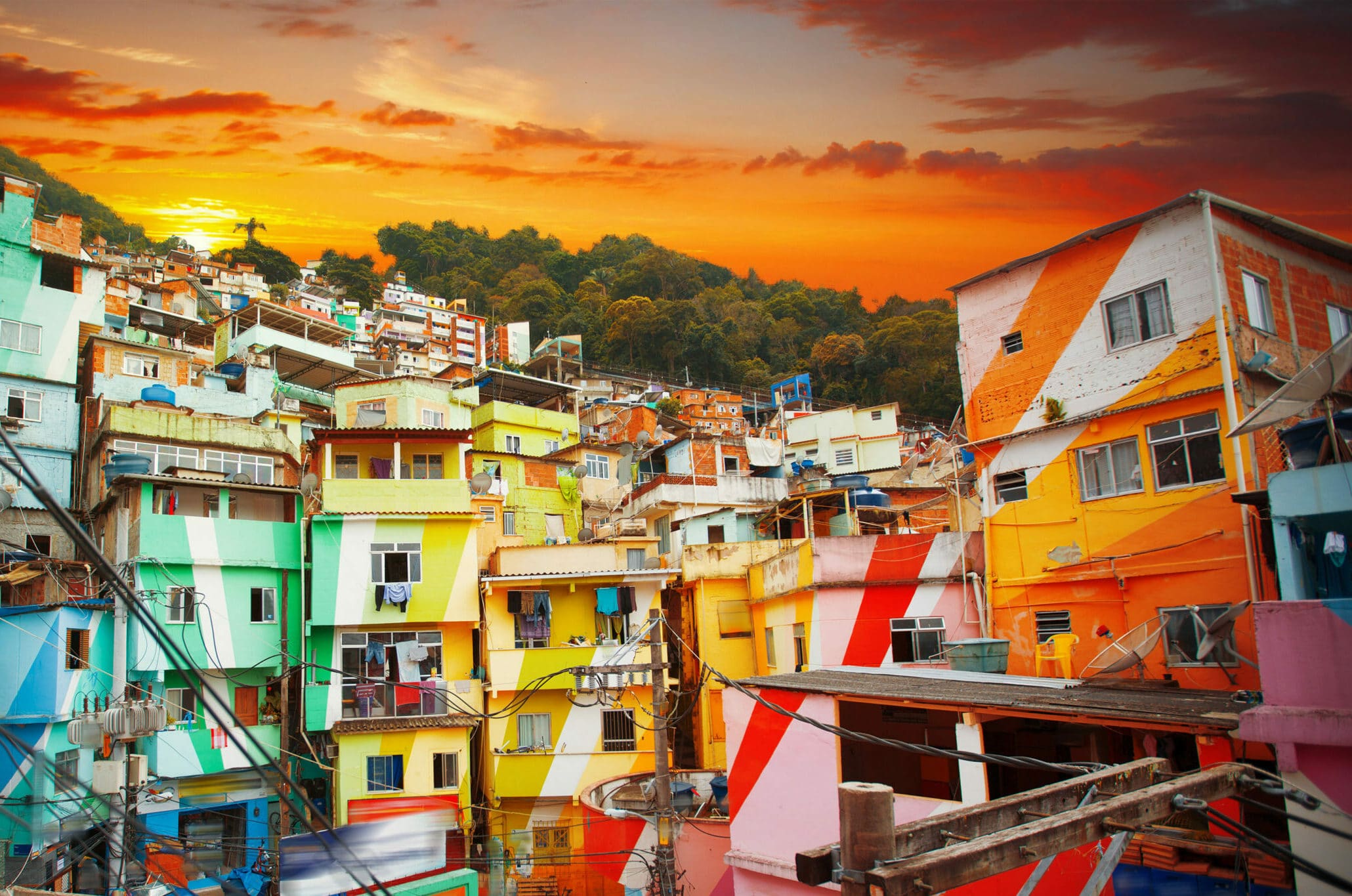
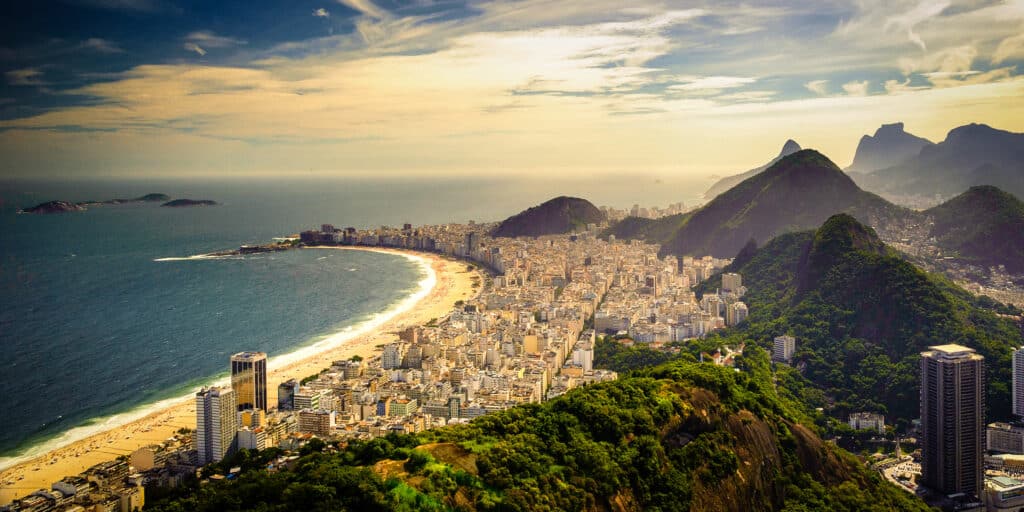
Due to its vast extent, Brazil has several types of climates. Most of the country has a tropical climate, with high temperatures throughout the year.
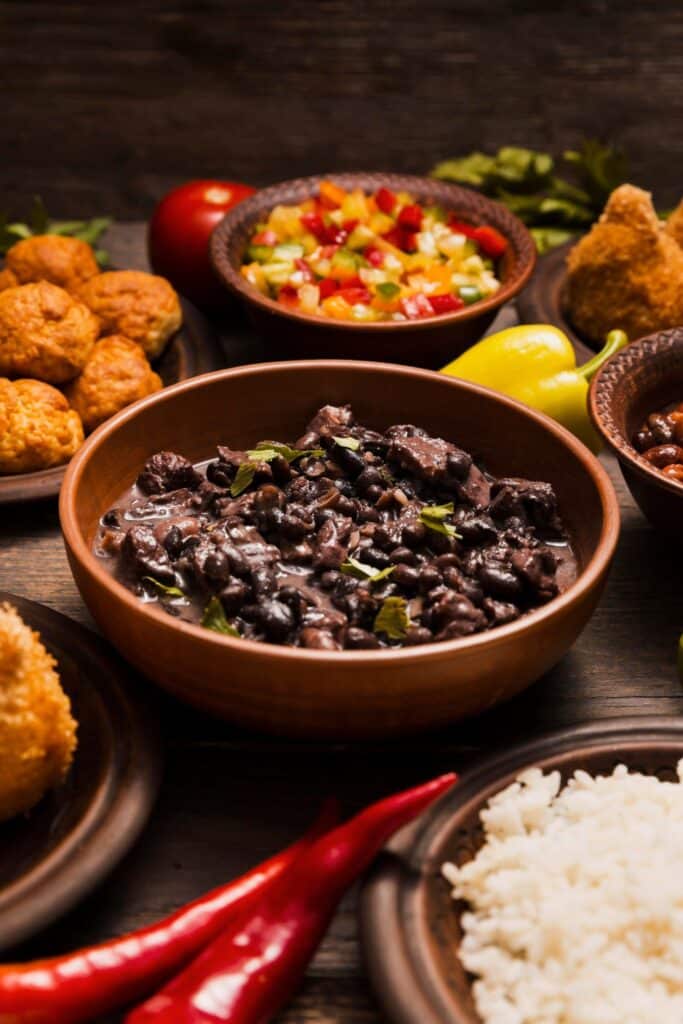
Brazilian gastronomy is as diverse as its territory. The feijoada, a stew of black beans and pork, is often considered the national dish. The churrasco, a barbecue of various meats, is an institution. In the Northeast, try the moqueca (fish or seafood stew with coconut milk and palm oil), theacarajé (fried bean fritters), and vatapá. Tropical fruits are abundant and delicious (açaí, passion fruit, guava, mango). Don’t miss the pão de queijo (cheese bread roll) and fresh fruit juices. The caipirinha, a cocktail made with cachaça, sugar, and lime, is the national drink.
| Jan | Feb | March | April | Mai | June | July | Aug | Sept | Oct | Nov | Dec | |
|---|---|---|---|---|---|---|---|---|---|---|---|---|
| Our opinion | ||||||||||||
| Tourist peak | ||||||||||||
| T° max | 30°C | 31°C | 30°C | 29°C | 26°C | 26°C | 25°C | 25°C | 26°C | 27°C | 28°C | 30°C |
| Rainy days | 11 d | 11 d | 13 d | 11 d | 10 d | 8 d | 7 d | 7 d | 9 d | 11 d | 12 d | 14 d |
| T° sea | 26°C | 26°C | 30°C | 29°C | 26°C | 26°C | 25°C | 25°C | 26°C | 27°C | 28°C | 30°C |
| Beach | ||||||||||||
| Diving | ||||||||||||
| Hiking |
Brazil is the only country in South America where the official language is Portuguese, not Spanish.
The official currency is the Brazilian Real (BRL). Credit cards are widely accepted in tourist areas, hotels, and restaurants in major cities. However, it is always good to have cash on hand, especially in small towns, markets, or for taxis. ATMs (caixas eletrônicos) are common, but it’s best to use those located inside banks. The exchange rate may vary.
The inhabitants of Brazil are called Brazilians.
The official and most widely spoken language is Portuguese. Brazilian Portuguese differs slightly from European Portuguese in terms of pronunciation and vocabulary. In big cities and tourist areas, you will find people speaking English, but knowing a few words of Portuguese will be greatly appreciated.
In Brazil, the most common type of electrical plug is type N. However, type A and B plugs can still be found in some older places. Voltage and frequency vary by region: generally 127V or 220V, and 60Hz. It is crucial to check the local voltage and use a universal adapter and, if necessary, a voltage converter.